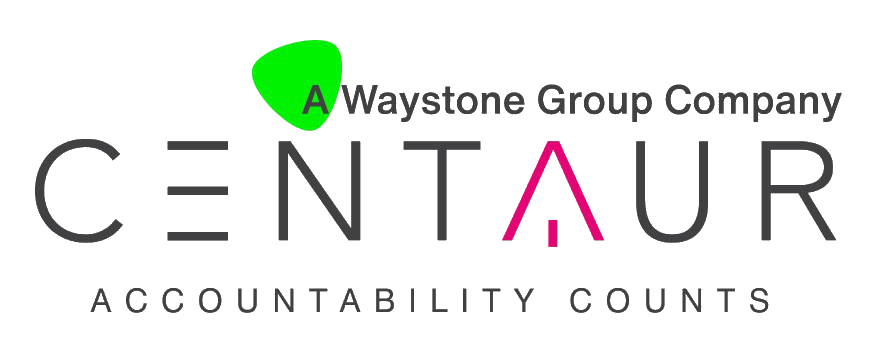Centaur Reviews The Efficacy Of ESG As It Comes More Into Focus With Investors

|
New York / Dublin / London, July 7, 2022
|
Environmental, social and governance (ESG) considerations have become one of the most significant regulatory issues for funds in recent years. ESG has also come to the fore for investors themselves, who now see quality ESG practices as one of their key investment criteria. With growing public scrutiny on corporate social responsibility, more and more investors want to know their capital is not only growing, but is doing so in a way that is positive or at minimum, not harming the planet or society.
Europe has led the way in demanding greater transparency in reporting from funds in terms of their ESG footprint. The Sustainable Finance Disclosure Regulation (SFDR), a European regulation introduced in March 2021, looked to improve ESG transparency in the market, prevent greenwashing and provide investors with greater insight into sustainable investment products. Managers are now required to disclose ESG classifications in three categories:
- Funds that have a sustainable investment objective (article 9 Funds)
- Funds that have social characteristics (article 8 funds)
- Non ESG funds (article 6 funds).
In essence, if a manager is launching a fund today and making claims that align with ESG standards, the fund will be benchmarked and rated against their claims. This standardisation across European funds was welcomed by investors, allowing them to construct their portfolio in more considered ways than before. It is important to note that SFDR also applies to non-EU funds and non-EU managers that are marketing their funds into Europe.
Although welcomed, the implementation of SFDR is proving to be challenging for the industry. Claims of greenwashing despite the legislation persist. There is also a great deal of confusion driven by inconsistent data and significant problems in developing objective criteria with which to rate companies’ ESG credentials.
Peter O’Hara, Business Development explains “Classifying and rating funds on metrics that are perpetually evolving from a regulatory standpoint is difficult. However, it appears this does not detract from the intention to enforce the spirit of ESG regulation and ringfence loopholes that muddy the water. Although non-binding, ESMA’s supervisory briefing to domestic regulators promotes consistency and clarity.”
He continues, “Whilst interest in ESG continues to rise, the focus continues to change as we refine and understand true ESG around the funds universe from investors to service providers. A good example of this ambiguity is the number of data sources for a fund: Data is very subjective, and it becomes hard to classify the difference between a “good” ESG company versus a “bad” ESG company.”
He concluded. “We really are at the infancy of ESG for fund management and it is evolving. A major challenge in 2022 is supporting claims that ESG portfolios generate superior investment returns. We see ESG biased portfolios, often with large weightings in tech stocks, having a challenging year to date, while environmentally unfriendly sectors, such as oil and commodities, have performed well. At Centaur, we are happy to see regulations such as SFDR in place. There has been a lot done, but still more clarity needs to take place as the industry evolves.”
Want To Learn More?

Peter O'Hara
Business Development, PERE Europe
Peter.OHara@centaurfs.com
+44 203 318 2737

Richard Johnson
Business Development, US
Richard.Johnson@centaurfs.com
+1 646-522-1629

